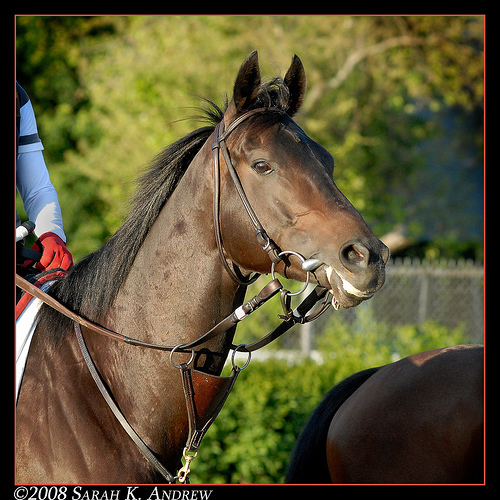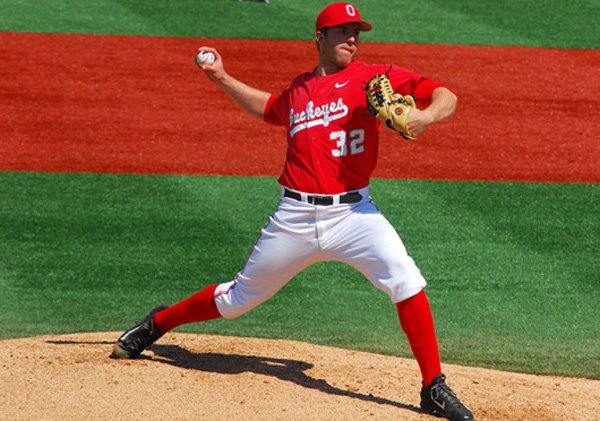Trout Fishing Flies
There are many trout fishing flies. If you're new to fly fishing than this can be challenging and some may find choosing flies difficult.
A trout fly fisher man has a selection of flies to choose from.
1.Streamer Fly (lure): A large fly that may look like small fry or like nothing living at all but just rely on the fishes instinct to attack.
2.Wet Flies: Traditional wet flies are great for fishing rivers or streams and also work well on lakes, some look like real insects while others just resemble insects.
3.Dry Flies: These are imitations of real flies that land on the water as the spawn or after hatching. Dry fly fishing is regarded to be the purest form of fishing there is. It requires great skill to do correctly.
4.Nymphs and Buzzers: These are used to mimic aquatic insects such as blood worm, damsels, etc. at the every stage of a flies life cycle until they go to the waters surface and hatch.
These can be broken down again into sub categories. Most flies can be fished with a floating line but some are better fished with a sinking or at least sinking tip line depending on the water depth and clarity.
Fishing Lures. Vary the retrieve when fishing these until you find the one that works. A sinking line works best when fishing these especially when fishing Boobies (lure flies with foam eyes) as the line makes them sink other wise they will sit on the top of the water all day. A short leader is good when fishing lures. 6-9 feet is the best length.
Fishing Wet Flies. Can be fished on a floating or intermediate sinking line. No need to use a fast sinking line as the sink pretty well on their own. When fishing flowing water a floating line should be used, you can attatch a sinking tip to the fly line to get the fly to sink more but this should only be done in deep water. Wet flies can be fished up or down stream depending on the river. For a fast flowing river or stream fish them down stream and leave the flow of the water work the fly. A good trick is to let line out gradually leaving the fly drop back in the current then start retrieving.
Fishing Dry Flies. As I said above dry fly fishing is thought of as the purest form of fishing. This is when you actually fool the trout to thinking it's a proper adult fly stuck in the waters surface film. Presenting the fly to look natural is a difficult task and requires great accuracy and skill but the reward of seeing a trout take your fly off the surface is one of the greatest feelings you can get from fishing.
Fishing Nymphs and Buzzers. Buzzers are the first stage of a flies life cycle. They are usually small and look like little more than thread on a hook. These should be fished static in teams of 3 under a strike indicator. The key is to strike at any sign of movement of the indicator. Nymphs are the stage just after a buzzer and before the fly hatches. These work well all year round and are great when fished deep in the colder months, use a short fast strip retrieve when fishing these for the best result.
I hope you took something from this short article that will help improve your fishing. I wish you the best of luck and tight lines!
Fishing Strike Indicators
Fly Fishing In Early Spring Presents Challenges, But Can Be Very Rewarding


